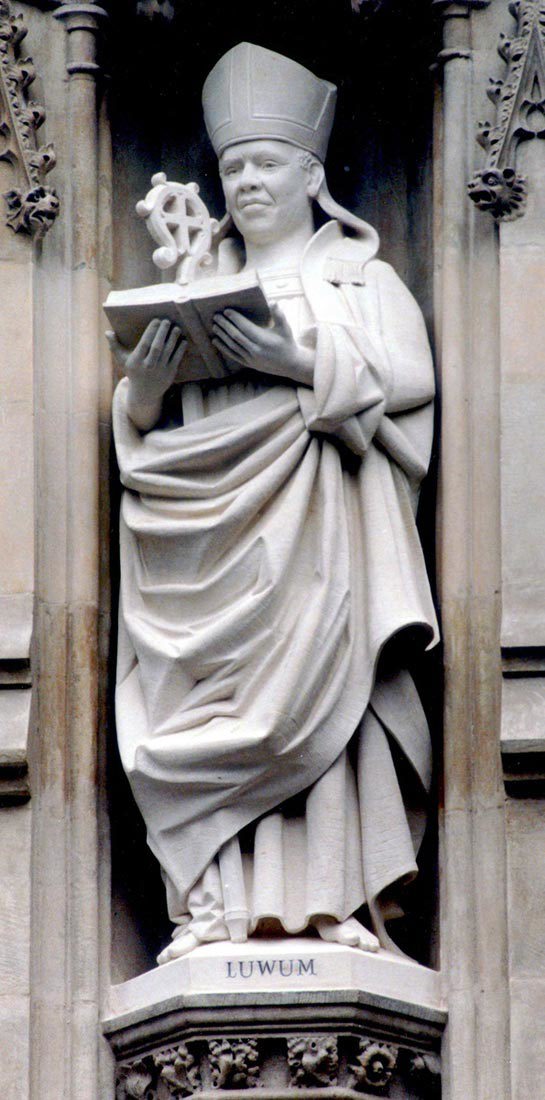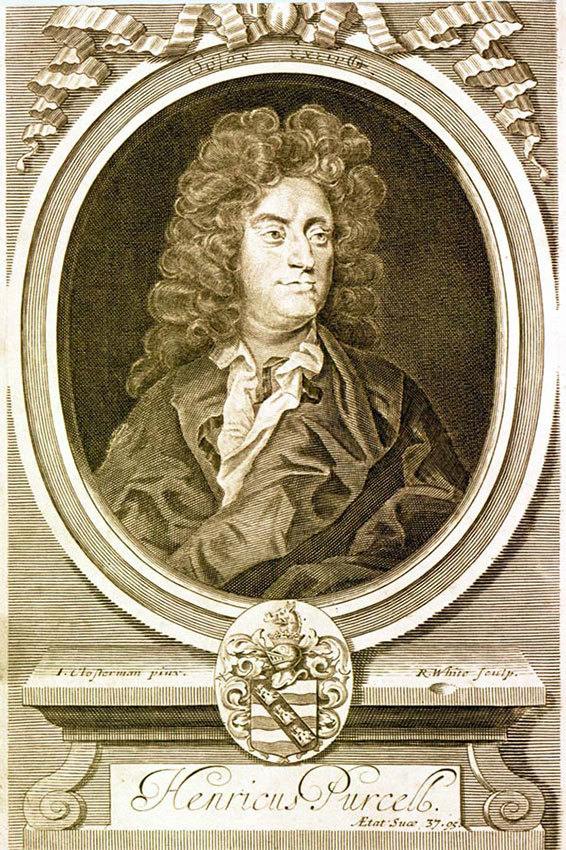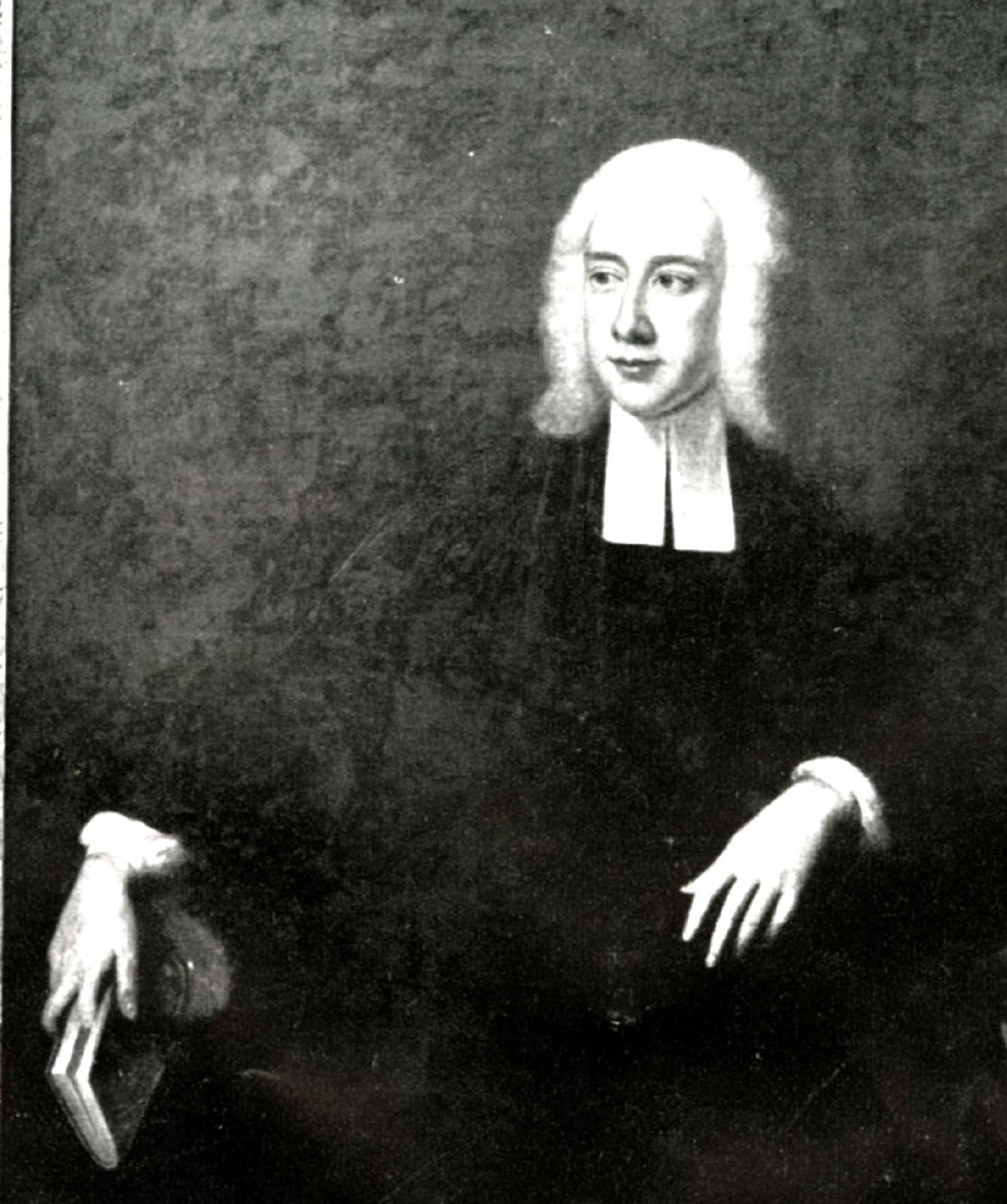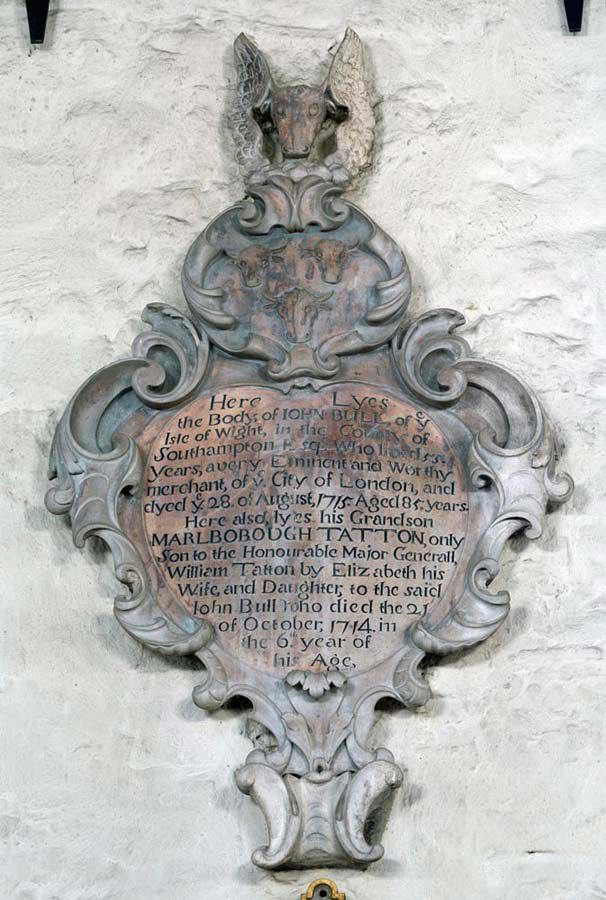James Palmer
On the north wall of St Margaret's church Westminster is a damaged and blackened monument and bust to philanthropist and priest James Palmer. Attributed to sculptor Joshua Marshall it was originally a porphyry tablet with a coloured bust but was damaged by bombs in the Second World War and the inscription is no longer visible. This read:
Here under is interred ye body of James Palmer batchelor in divinity borne in this parish of St Margts. in July 1585, a most pious & charitable man, exprest in severall places by many remarkable actions & pticularly to this parish in building fayer [fair] Almes Houses for 12 poore olde people with a Free School & a comodious habitation for the Schoolmr. & a convenient Chappell for prayers and preaching, where he constantly for divers yeares before his death once a week gave a comfortable sermon. He indowed ye same with a competent yearly revinew [revenue] of freehold estate comitted to ye trust & care of 10 considerable persons of ye place to be renewed as any dye; he cheerfully ended this life ye 5 of Jany. 1659. Erected at ye charge of Sir Wm.Playter, Knt. & Baronet
The date of death is given in Old Style dating (now called 1660) and it would seem the date of birth was incorrect on the memorial. The burial register describes him as "Mr James Palmer, Minister of God's word and Founder of the new hospital in Tothill Fields" (hospital in this instance meaning charitable institution). The bust has a beard and wears a skull cup. The arms shown on the monument were "sable, a chevron between 3 crescents or". The monument was originally at the south west angle of the church but was moved to the centre part of the north wall. It was restored as far as possible in 1947.
James was baptised in July 1581, son of Henry and went to Cambridge university and served as a priest in the diocese of Peterborough. He would have been a relation of John Palmer, Dean of Peterborough. In 1615 he became Vicar of St Bride's church in Fleet Street, London (where it is said he used to sleep in the steeple) and baptised Samuel Pepys there. He would often preach before both Houses of Parliament. The Westminster almshouses he endowed in 1656 were off Little Chapel Street (now Caxton Street) and the area was known as Palmer's Village. Six poor men and six poor women (who had to have lived in the parish for at least twenty years) resided there with a garden of six acres and the following year he conveyed the estate of Ashamstead farm in Berkshire for the maintenance of the almshouse. His school (also called the Black Coat School from the uniform the boys wore) later became part of Westminster City School. The almshouses, chapel and school were rebuilt in 1816-18 and the almshouse was re-sited in Rochester Row in 1881-2 with others in the parish and they are now called the United Westminster Almshouses.
Further reading
Oxford Dictionary of National Biography 2004
The Parochial Charities of Westminster...1890

This image can be purchased from Westminster Abbey Library
Image © 2025 Dean and Chapter of Westminster










